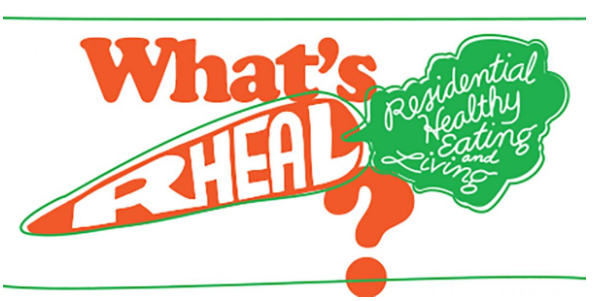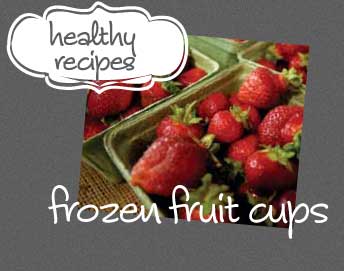College students often say that cost is one of the biggest barriers to eating nutritious foods. So we’ve got some tips that will help fuel your body for academic success without breaking the bank.
Cook your own food
Convenience foods like frozen dinners, pre-cut vegetables, and instant rice, oatmeal, or grits cost more than if you prepare them from scratch. And meals cooked at home cost much less than eating out at a restaurant. Cooking at home eliminates the tax and tip at restaurants, and leftovers can be used for a second meal.
Grocery shop with a plan
Before you head to the grocery store, plan your meals for the week. Include meals like stews, casseroles, or stir-fries, which “stretch” expensive items into more portions. Make a list of foods you need for the week and stick to it. This will decrease over buying and buying on impulse.
Visit your local farmer’s market
Purchase fresh fruits and vegetables that are in season. This can help you save some cash and the produce tastes fresh.
Compare and contrast
Most grocery stores provide “price stickers” on the shelf for every item. The “price sticker “includes the unit price, or how much the product costs per pound, quart, or some other unit of measurement. Purchase the product with the lowest unit price to maximize your savings.
Buy in bulk
It is almost always cheaper to buy foods in bulk. Smart choices are family packs of chicken, steak, or fish, and larger bags of potatoes and frozen vegetables.
Choose low-cost options
Some foods are low-cost all year round. Beans are inexpensive and high in protein. For vegetables, buy carrots, greens or potatoes. Apples and bananas are good fruit choices.
Meal prep!
Prepare a large batch of your favorite recipes on your day off or the weekend. Freeze in individual containers or use throughout the week.
Get creative with leftovers
Spice up your leftovers by using them in new ways. For example, try leftover chicken in a stir-fry or over a garden salad. You could even make chicken chili. Remember, throwing away food is throwing away your money!
If you’d like more help with planning an affordable nutritious diet, make an appointment with a dietitian by calling 814-863-0461 or by visiting the UHS website.






